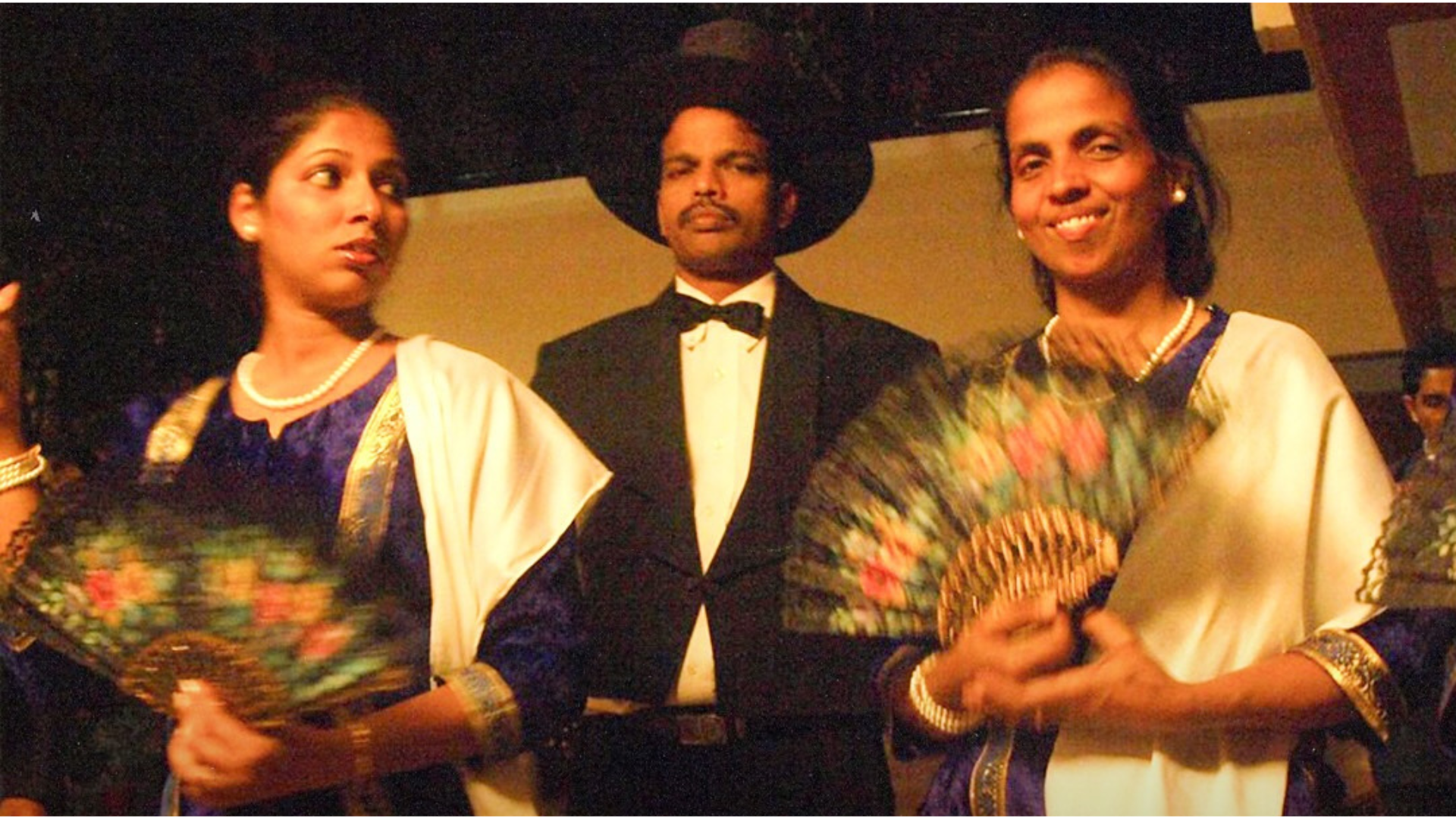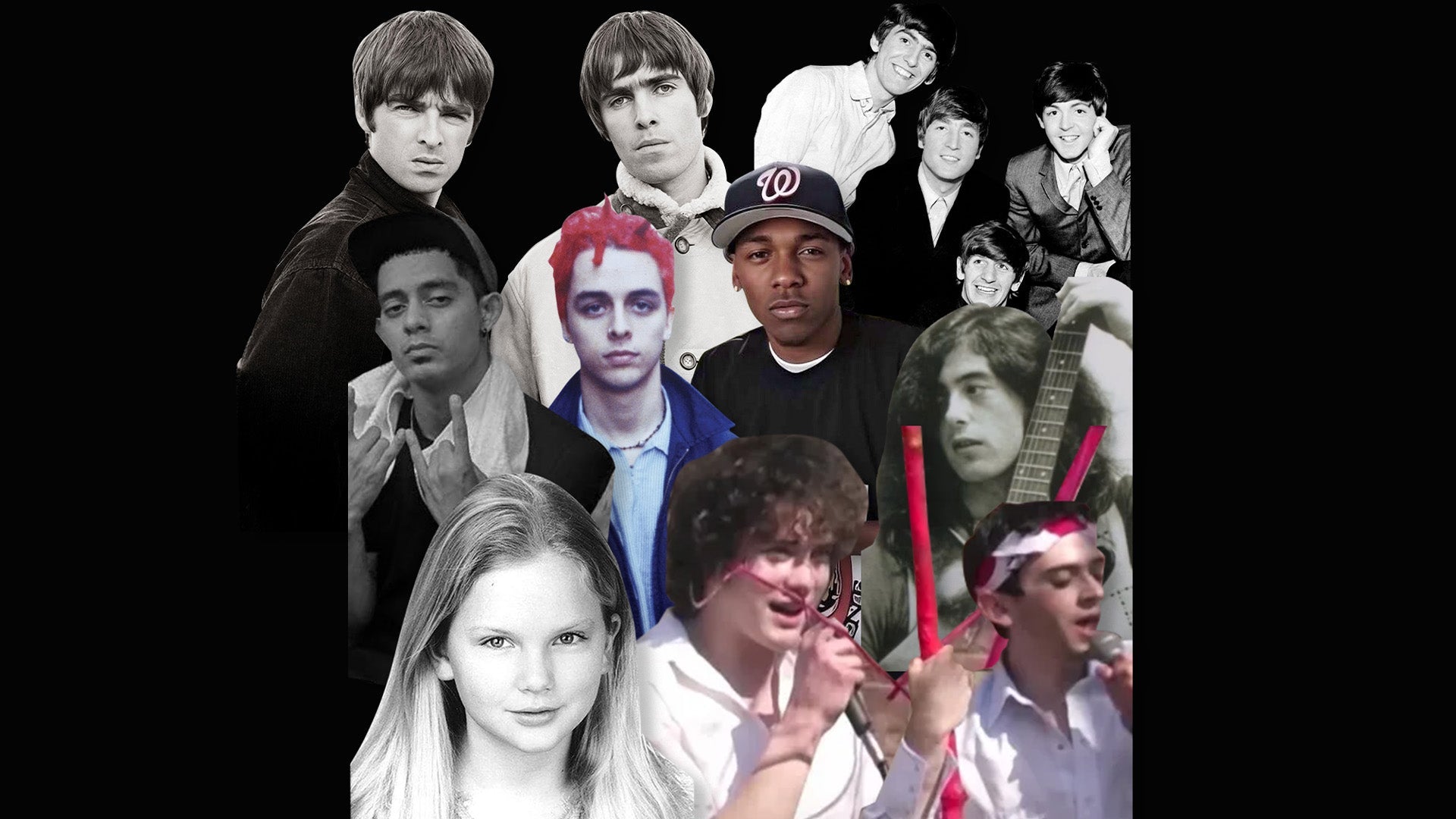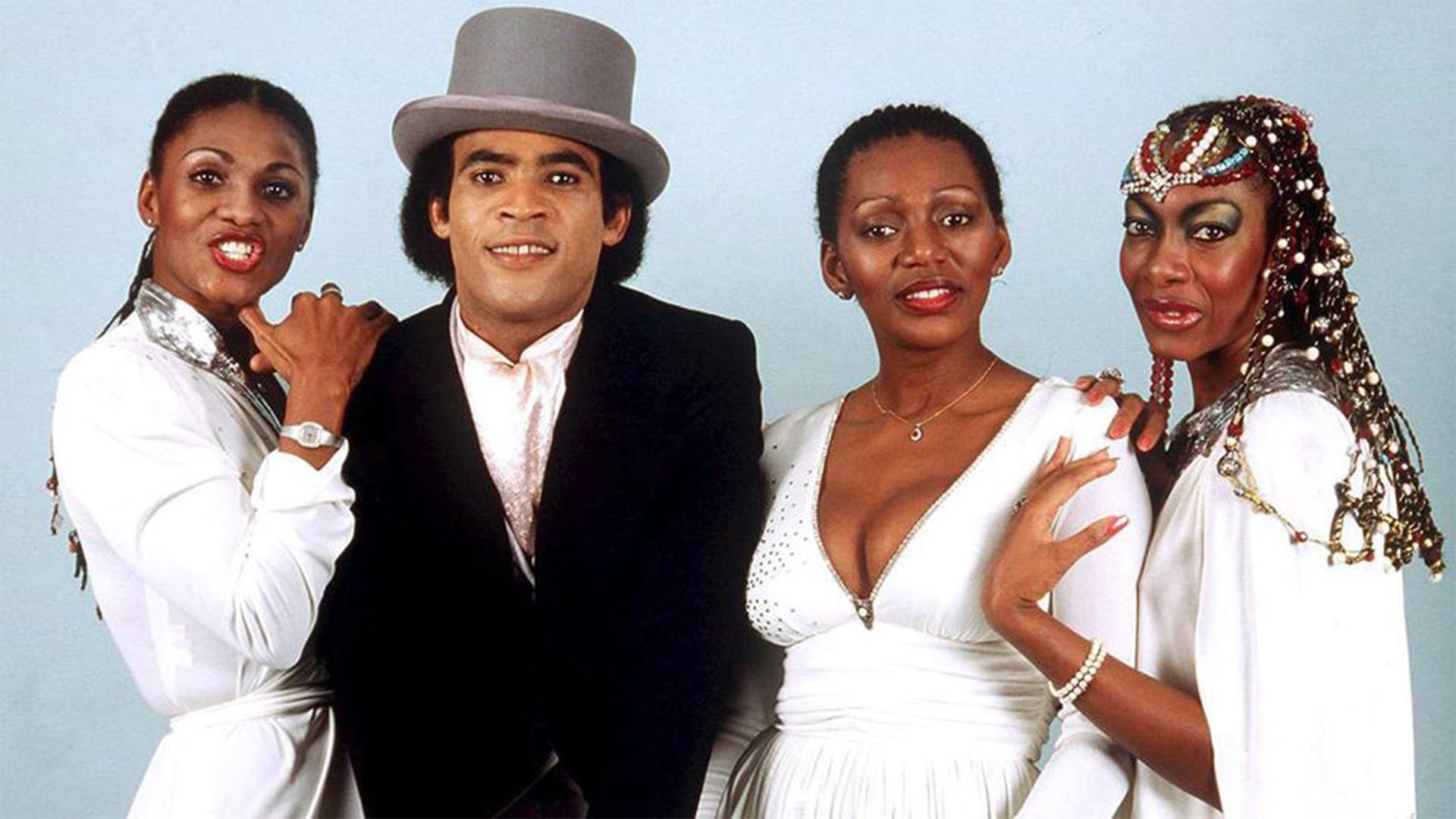People's Opera: The story of the Goan Mando

The Mando is one of Goa’s most historically layered and culturally distinctive musical forms. Emerging in the 19th century from the Catholic communities of Salcette, it brought together local Konkani poetry, Portuguese-influenced harmony, and a deeply expressive style of performance.
Rooted in the villages of Curtorim, Raia, Loutolim, and Margao-Fatorda, the Mando was originally performed by the Catholic Brahmin elite in their private homes; written and sung in the Saxtti dialect of Konkani, known for its musicality and elasticity.
Mando’s musical structure begins in a slow, swaying tempo; graceful and restrained - and then shifts into a livelier rhythm known as the dulpod. Accompanied by guitar, violin, and the traditional ghumot drum, the Mando blends melody and meter into a style that is as much about storytelling as it is about sound.
The themes are varied: longing, grief, joy, political turmoil, historical events, and communal life. Many Mandos are monologues; others unfold as dialogues or exchanges.

Several Mandos document historical events with striking specificity. Luizinha Mhojea Luizinha is believed to recount the 1854 murder of Portuguese captain Joaquim Garcez Palha in Divar. Setembrache Ekvisaveri refers to the massacre of unarmed civilians during the 1880 municipal elections in Margao.
The Mando’s aesthetic was equally important. Performers wore velvet or silk costumes embroidered with gold thread, with women often carrying a fan as part of the dance. The movements were gentle, almost restrained - a subtle sway or turn, a gesture with a handkerchief, a glance across rows. The performance was visual, musical, and linguistic all at once; a complete cultural expression.
Over time, the Mando moved from private homes to community halls, churches, and public festivals. Today, institutions like the Kala Academy help preserve the form through annual competitions and cultural programs.
Mandos are still sung at weddings and religious ceremonies, and the tradition continues to evolve as younger generations reinterpret its meaning. While the Mando’s presence has widened, its core still rests in its connection to place, language, and memory.
Ho Mando Goencho
Amchem Noxib (1963) / Frank Fernand (w/ lyrics by Remmie Colaco)
A festive mando from the iconic Goan film Amchem Noxib, Ho Mando Goencho celebrates the joy of village life; music, dance, and togetherness.
Composed by Frank Fernand and sung by Janet, Molly & Juliet, it captures the heartbeat of a community is one of Goa's most beloved Mandos.
Kazarachem Utor
Composed by H. Britton and produced by the legendary Chris Perry
"Kazarachem Utor" stands out for its lyrical depth and melodic structure, reflecting the intricate emotions associated with love and commitment. The collaboration between H. Britton and Chris Perry brought a unique fusion of traditional Goan music with jazz influences, showcasing the versatility and adaptability of the mando form.
Banaule Montir
Betty Naz
This beautifully rendered piece by Betty Naz showcases traditional mando storytelling through soft vocal cadences and poetic depth. It conveys personal emotion with cultural grace, preserving the genre's reflective soul.
Dovem Rozericho Collo
Mariano Lourenco and friends
A poignant song that paints vivid imagery of a rose garden, symbolizing the blossoming and withering phases of love.
Mogachi Chitt
Gõychim Lharam
A contemporary composition with a traditional soul, "Mogachi Chitt" draws from the melodic and lyrical structure of classic Mandos. It reflects on love in a reflective, almost confessional tone. This song exemplifies how newer generations are preserving the Mando format while giving it new life, keeping the genre relevant in modern Goa's evolving musical landscape.
The Aldona Mando
Nelson Da Cruz & Daneca Da Cruz
A tribute to the village of Aldona, this mando blends traditional structure with a modern duet presentation. It celebrates heritage while staying true to the genre's introspective roots.
Doriachea Lharari
Sigmund & Friends
Evoking images of the sea and coastal rhythm, this performance captures both the contemplative and energetic aspects of the Goan Mando-dulpod pairing. The song is a reminder of Goa's maritime identity-where sea journeys and separations were everyday experiences, often romanticized or mourned in Mandos.
Istimosanv Rozachem
Traditional Mando
This song narrates a personal tale of yearning and memory, set against the musical framework of a true mando.
Gupit Môg Bhurgeaponnancho
Translating to "Secret Love of Childhood," this mando captures the innocence and nostalgia associated with youthful affection.
Boson Fulani
Sonia Shirsat
A contemporary rendition by renowned singer Sonia Shirsat, this mando blends traditional melodies with modern sensibilities, showcasing the genre's evolution.
Tambde Roza
Elizabeth D'Souza
One of the most emotionally rich Konkani songs, "Tambde Roza" captures the ache of love and memory. D'Souza's rendition is intimate, elegant, and widely regarded as definitive. A staple in Goan musical memory, this song is often sung at cultural events, symbolizing the Mando's power to evoke longing, nostalgia, and community pride.




Comments
morgan cynthianna —
I had a little blisters on my mouth and genital which I thought it was just normal , until my doctor told me it was HSV ( Herpes ) and it has no medical cure.I decided to try out natural stuff by giving a try to itua healer am so glad that I was able to cure my HSV2 ( Genital Herpes ) with his product. Contact him on WhatsApp +2348150223558 Email him on ituahealer@gmail.com and visit his website https://ituahealer.wixsite.com/my-site
coinsrecoveryworldwide —
Investment scams are becoming increasingly common in the world of cryptocurrency, with many individuals falling victim to fraudulent schemes promising high returns on their investments. These scams can result in the loss of significant amounts of money, leaving victims feeling helpless and devastated.
CoinsRecoveryWorldwide is a trusted and reliable resource for individuals who have fallen victim to investment scams involving Bitcoin and other cryptocurrencies. They specialize in helping clients recover their lost assets and funds through their expertise and experience in navigating the complex world of cryptocurrency scams.
CoinsRecoveryWorldwide works tirelessly to investigate and track down the perpetrators of these scams, working with law enforcement agencies and other authorities to ensure that justice is served. They provide a range of services to assist clients in recovering their assets, including legal representation, forensic analysis, and negotiation with scammers.
If you have been the victim of an investment scam involving Bitcoin or other cryptocurrencies, don’t hesitate to reach out to CoinsRecoveryWorldwide for assistance. They have a proven track record of success in recovering lost assets for their clients and can help you navigate the process of recovering your funds. Don’t let scammers get away with your hard-earned money – contact CoinsRecoveryWorldwide today for help in recovering your assets.
Contact information
WEBSITE; https://coinsrecoveryworldwide.mobirisesite.com/ EMAIL.COINSRECOVERYWORLDWIDE@GMAIL.COM WHATSAPP:+17658236083]
Manuel Franco —
I promised Great Dr. Odunga to post this testimony and I really want to say “Thank You” to everyone who supported me through the years. My name is Manuel Franco, New Berlin, Wisconsin. My story of how I won the Powerball lottery of $768.4M is a bit of a tale. I was feeling very lucky that day because I had contacted Great Odunga to help me with the winning Powerball numbers. I really had that great great feeling that I looked at the camera wanting to wink at it. I only did a tiny part of it when he told me he would give me the numbers and trusted him. He gave me the numbers after I played a couple other tickets along with it for $10. I checked my ticket after the winnings came online and saw the numbers were correct including the Power play. I screamed for about 10 minutes because it felt like a dream coming into reality. I had won $768.4M. Thank you Great Odunga. Well, his emails are odungaspelltemple@gmail.com and odungaspelltemple@outlook.com You can also call or Whats-app him at +2348167159012 so you guys can contact him
HE CAN ALSO FIX THE FOLLOWING PROBLEMS. RELIABLE AND TRUSTED
Lottery Spell Love/Reunion Spell Pregnancy Spell Protection Spell Marriage spell Healing/Cure spellContact him for any of these today:
EMAIL: odungaspelltemple@gmail.com OR odungaspelltemple@outlook.com also Call and WHATS-APP HIM +2348167159012.
Jenifer Zara —
HOW I FINALLY GOT MY STOLEN FUNDS BACK // ALL THANKS TO THE HACK ANGELS RECOVERY EXPERT
Have you lost money in a cryptocurrency or online investment scam? Are you desperately searching for help recovering your stolen funds? If you find yourself in such difficulty, get in touch with THE HACK ANGELS RECOVERY EXPERT to recover your scammed funds back. I was devastated when I lost over $975,000 in an investment trading company. I was down because the company refused to let me make withdrawals and kept asking for more money. My friend introduced me to THE HACK ANGELS RECOVERY EXPERT. I was able to recover my money back. They are knowledgeable professionals, and I am grateful for their assistance. You can contact them using the details below
Email: support@thehackangels.com
Website at www.thehackangels.com
WhatsApp +1(520)200-2320
If you’re unsure of what to do next. In a few days, you will see the efforts they took to recover the money they stole from you.
Elizabeth Rush —
God bless Capital Crypto Recover Services for the marvelous work you did in my life, I have learned the hard way that even the most sensible investors can fall victim to scams. When my USD was stolen, for anyone who has fallen victim to one of the bitcoin binary investment scams that are currently ongoing, I felt betrayal and upset. But then I was reading a post on site when I saw a testimony of Wendy Taylor online who recommended that Capital Crypto Recovery has helped her recover scammed funds within 24 hours. after reaching out to this cyber security firm that was able to help me recover my stolen digital assets and bitcoin. I’m genuinely blown away by their amazing service and professionalism. I never imagined I’d be able to get my money back until I complained to Capital Crypto Recovery Services about my difficulties and gave all of the necessary paperwork. I was astounded that it took them 12 hours to reclaim my stolen money back. Without a doubt, my USDT assets were successfully recovered from the scam platform, Thank you so much Sir, I strongly recommend Capital Crypto Recover for any of your bitcoin recovery, digital funds recovery, hacking, and cybersecurity concerns.
You reach them Call/Text Number +1 (336)390-6684
His Email: Recovercapital@cyberservices.com
Contact Telegram: @Capitalcryptorecover
His website: https://recovercapital.wixsite.com/capital-crypto-rec-1